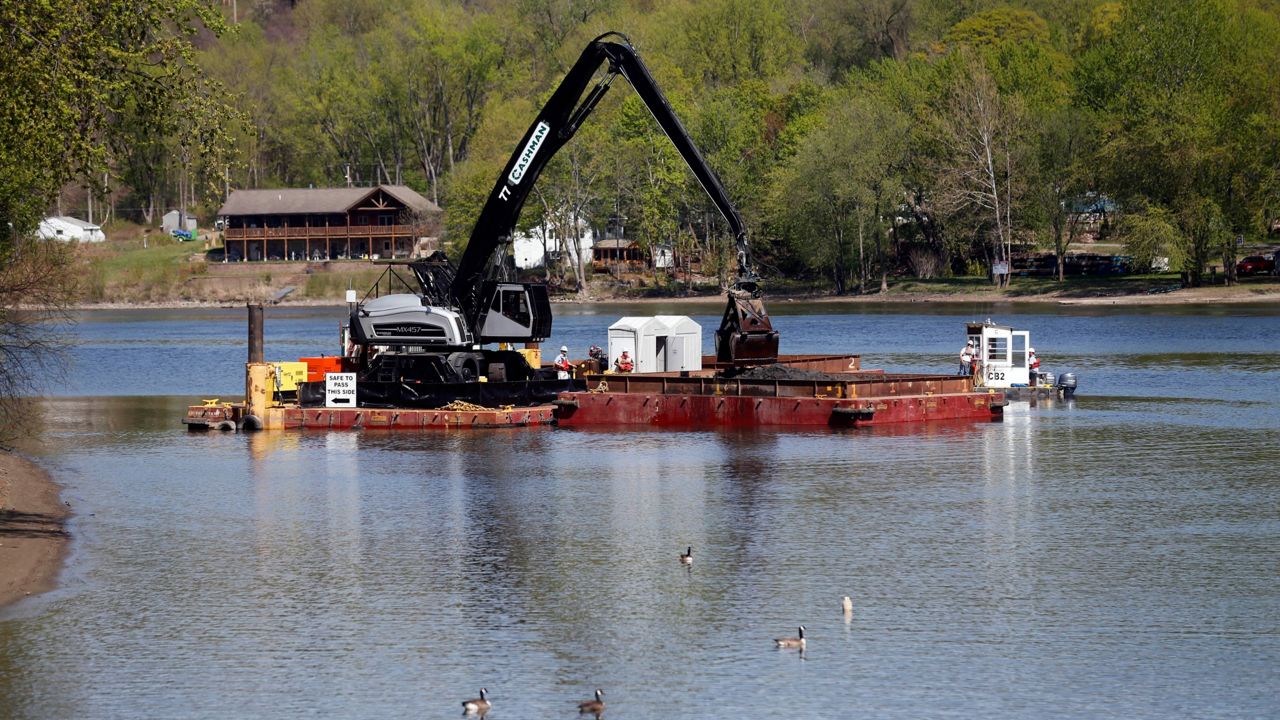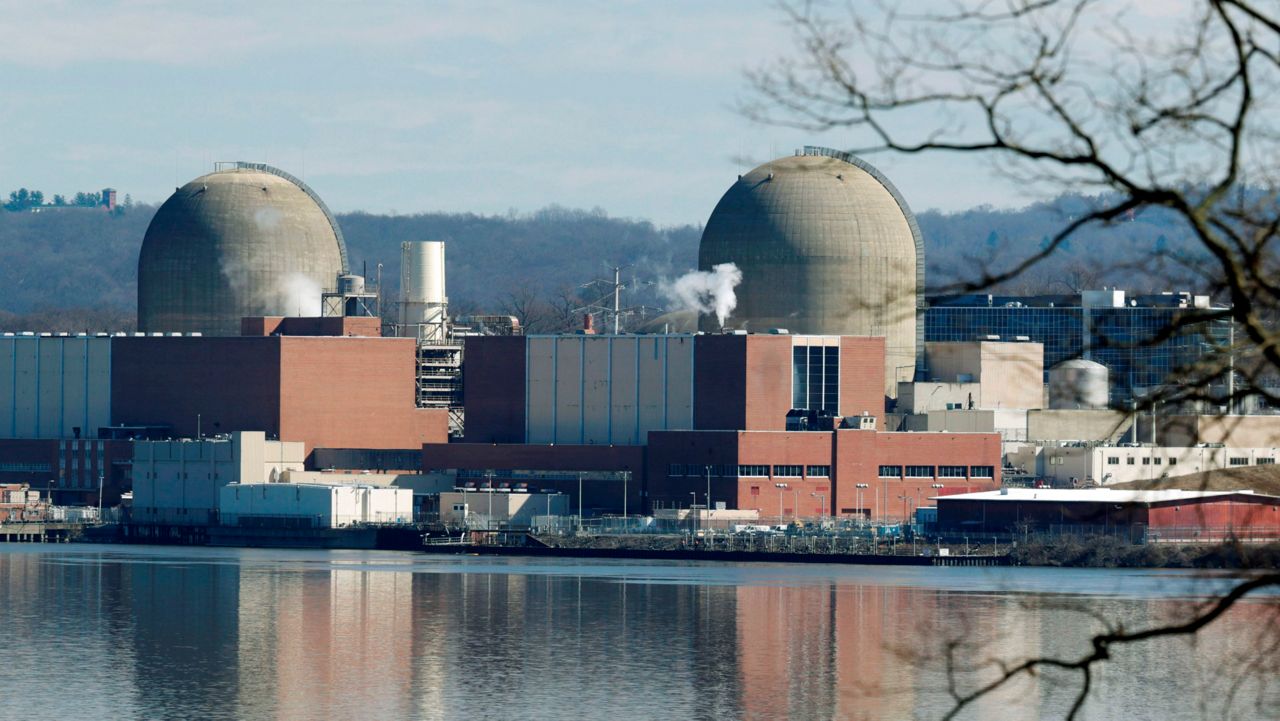Federal environmental officials said Wednesday they need to collect more data from the Hudson River before they determine how well six years of dredging completed in 2015 to clean up the river is working.
The U.S. Environmental Protection Agency released a draft review on the cleanup of polychlorinated biphenyls, or PCBs, from a 40-mile stretch of the river north of Albany. The EPA concluded that while overall PCB levels in water and fish are going down, the agency needs more data on fish to determine if the cleanup is meeting initial expectations.
“Over the next few years, we expect to have the data we need to identify reliable trends," EPA Regional Administrator Lisa F. Garcia said in a prepared release. "If the fish data shows that the recovery isn’t happening as quickly as we expected, we will take the necessary actions to improve it.”
General Electric removed 2.75 million cubic yards of contaminated sediment from the river bottom under a Superfund agreement with the EPA. The $1.7 billion cleanup was designed to eventually make it safe to eat fish from the river again.
GE factories had discharged more than 1 million pounds of PCBs into the river through the mid-1970s. The probable carcinogens, used as coolants and lubricants in electrical equipment, were banned in 1977.
Though the agency said it was too soon to reach a conclusion, environmentalists and elected officials have claimed there's enough evidence available to show the cleanup has fallen short of its goals and that more action is needed.
The Friends of a Clean Hudson, a coalition of environmental groups, released a statement Wednesday that said that at "the current rate, and without additional actions, the health risks and impacts of those living, working, and playing within a heavily polluted Superfund site along a nearly 200-mile stretch of the Hudson River will persist for future generations.”
GE in a prepared statement said the dredging "removed the vast majority of PCBs from the Upper Hudson, led to broad declines in PCB levels, and is on track to deliver further improvements.”





